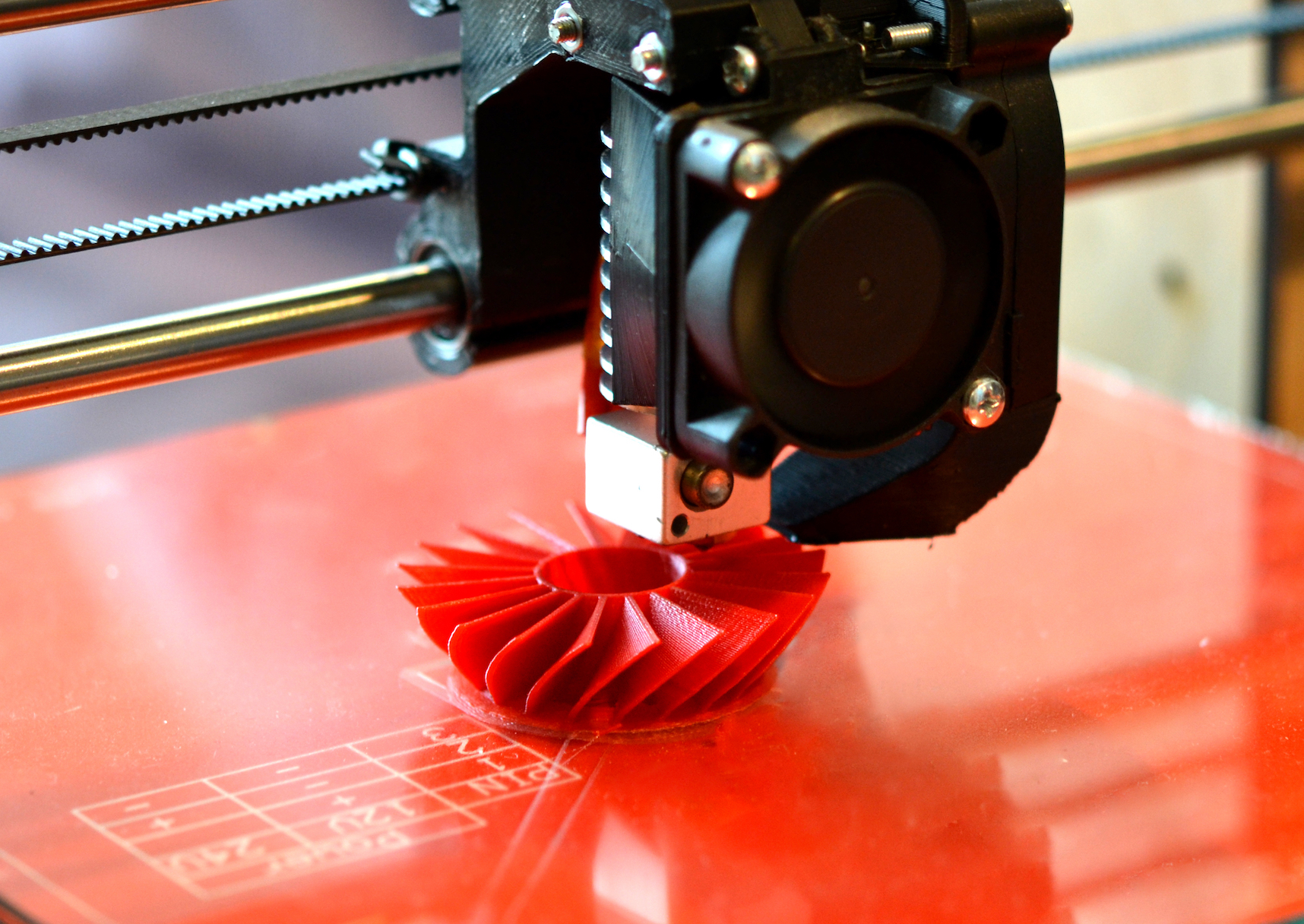
3-D printing may soon revolutionize the food industry
What will food of the future look and taste like as agriculture and food distributors work to keep up with the projected increases in population and demand?
The answer to some of these questions may lie in 3-D printing, a quickly developing new technology that takes raw materials and layers them to create three-dimensional objects.
3-D printing has been used to make everything from car parts to gadgets and toys, and even artificial organs. But now, a new study has found promising applications in creating customizable food with 3-D printing.
The study was conducted by researchers from the Ewha Womans University in South Korea and will be presented at the American Society for Biochemistry and Molecular Biology annual meeting in San Diego this month.
“We built a platform that uses 3-D printing to create food microstructures that allow food texture and body absorption to be customized on a personal level,” said Jin-Kyu Rhee. “We think that one day, people could have cartridges that contain powdered versions of various ingredients that would be put together using 3-D printing and cooked according to the user’s needs or preferences.”
The researchers created a prototype 3-D printer that made food with similar properties at the nanoscale of actual food samples.
The prototype was also able to turn carbohydrate and protein powders into food with microstructures and the researchers say this allows for people to control texture and food absorption.
Being able to customize food specifically catered to an individual’s personal nutritional needs could help prevent allergic reactions due to dietary restrictions and ensure that the optimal amount of nutrients were consumed with each meal.
The researchers also note that whether available as a home appliance or used at the industrial level, 3-D printed food could reduce food waste, packaging, and costs of storage and transportation.
It would also help meet the rising food demands as the world’s population increases in the coming years.
The study is exciting and adds to the growing body of research around the many possible applications of 3-D printing.
“We are only in early stages, but we believe our research will move 3-D food printing to the next level,” said Rhee. “We are continuing to optimize our 3-D print technology to create customized food materials and products that exhibit longer storage times and enhanced functionality in terms of body absorption.”
—
By Kay Vandette, Earth.com Staff Writer












